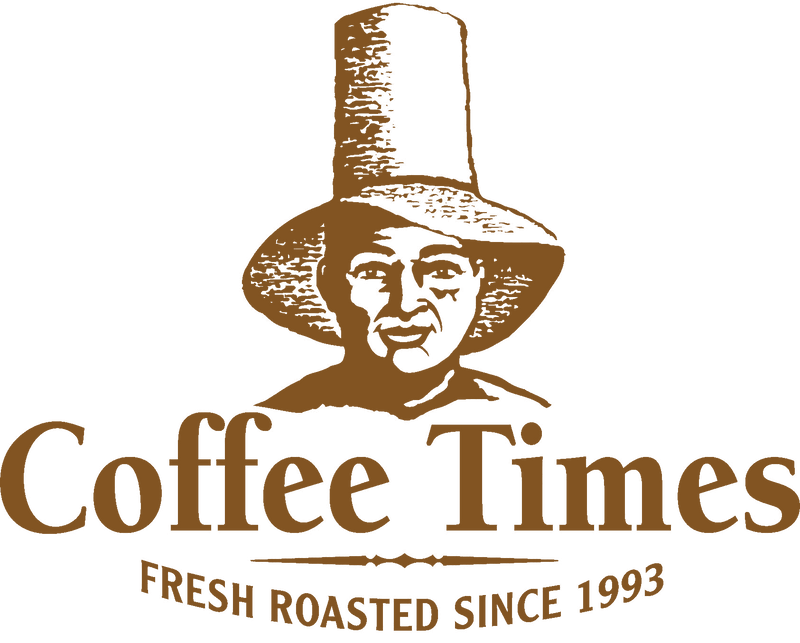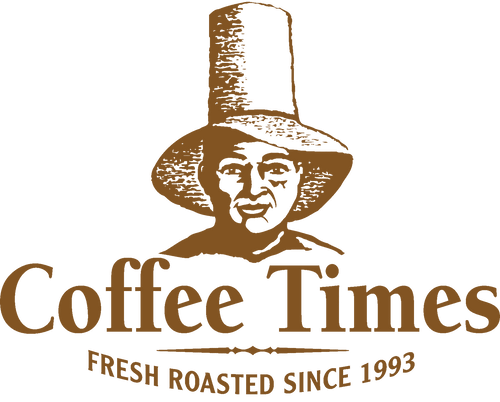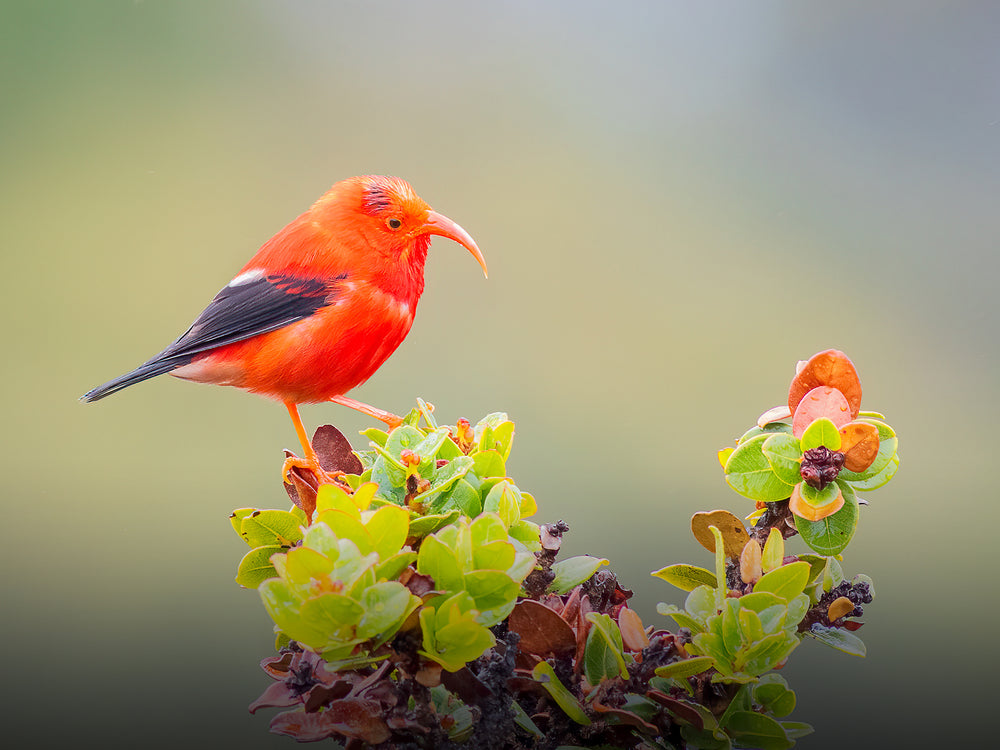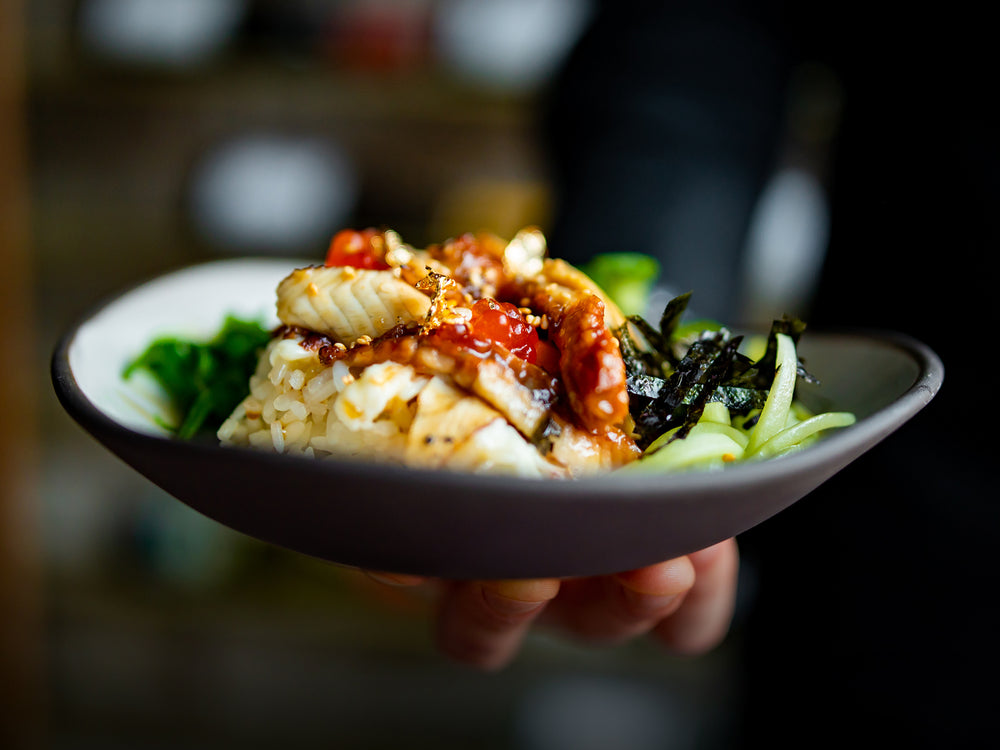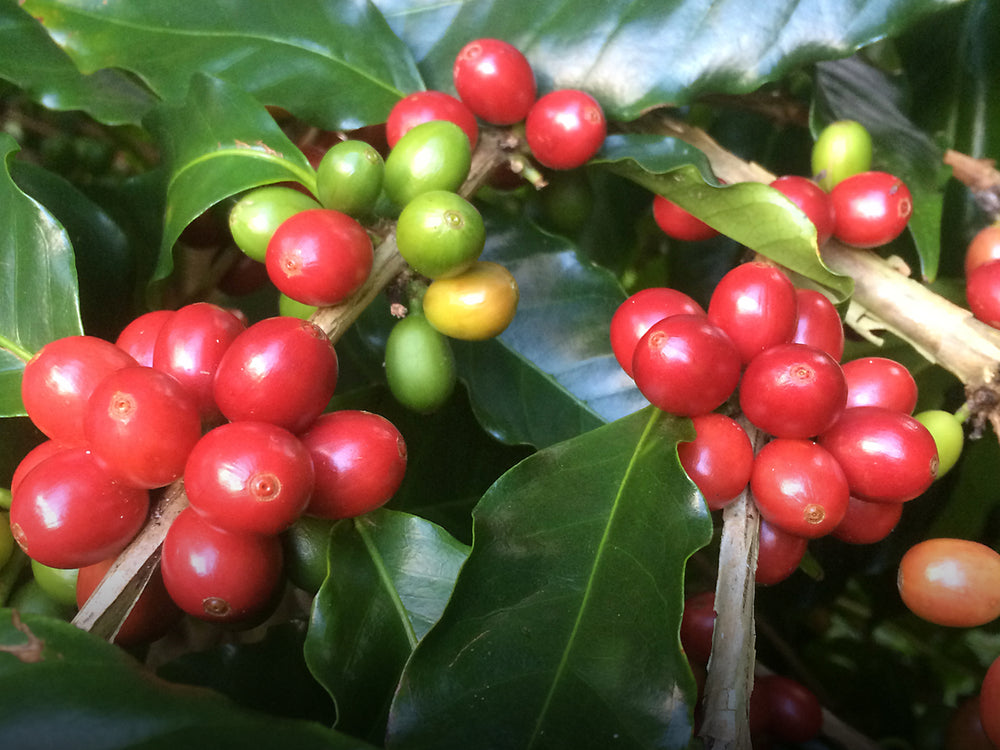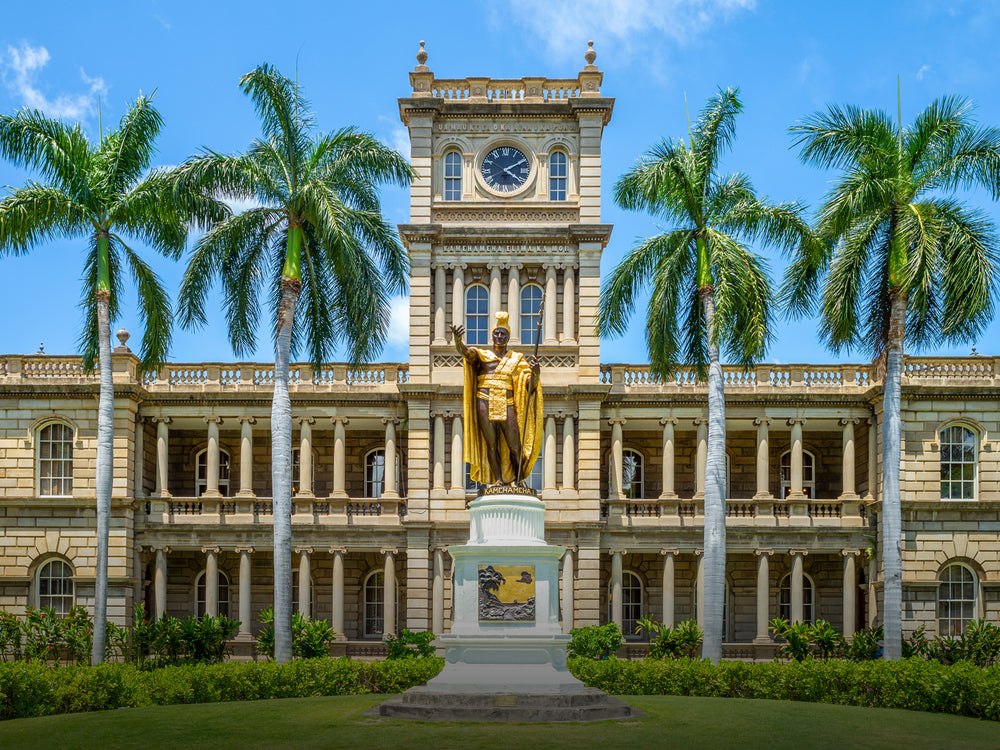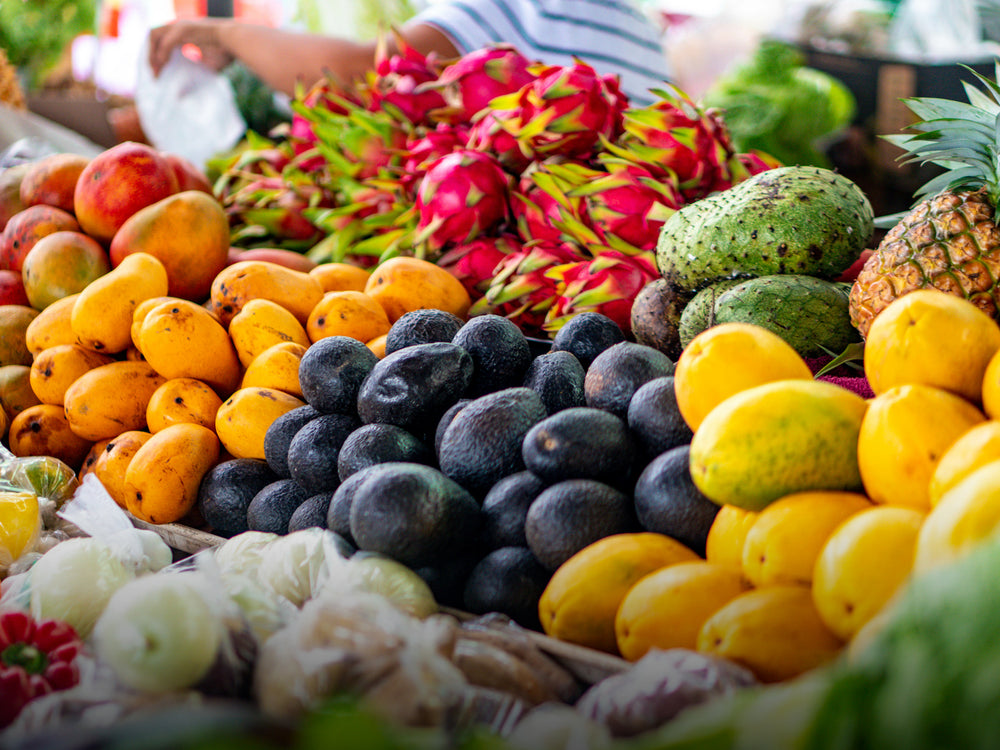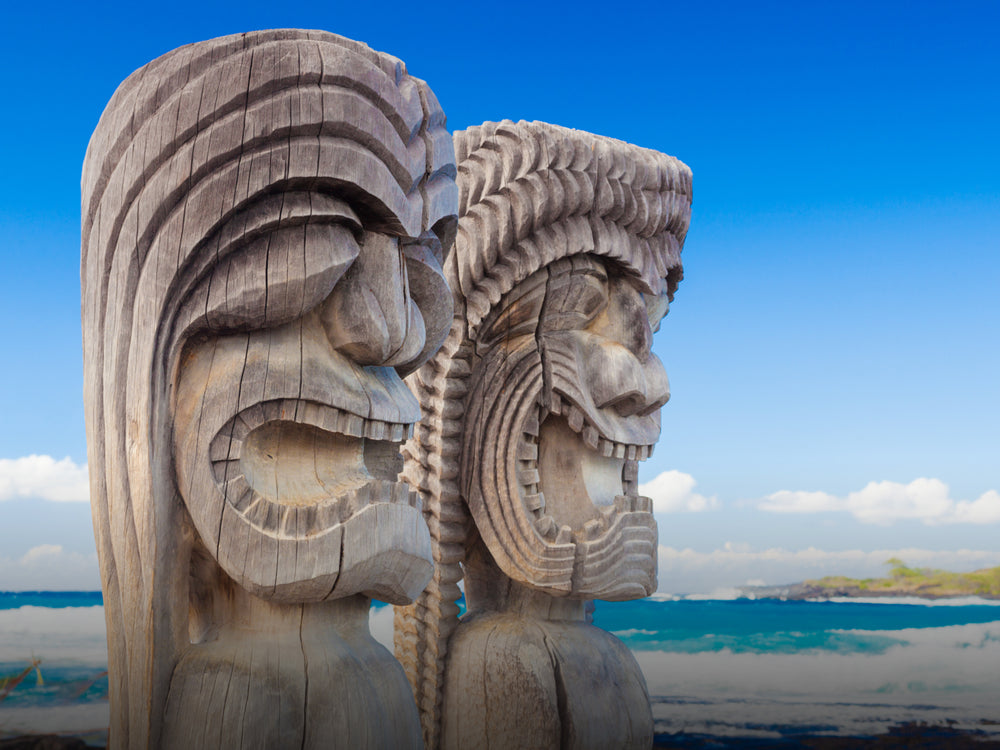1998 - What's Brewing in Our Kona Coffee Industry
by Les Drent

Coffee Cherries
When everything is finalized with the production of this magazine and all the coffee has been roasted and shipped out to my customers I can finally look forward to that brief window of opportunity to report to you the current happenings in our local Kona coffee industry. With a cup of my favorite medium roasted 100% Kona peaberry at my side and an empty computer screen in front of me that moment is upon me and I welcome you to the 1998 Kona coffee season.
While the Kona coffee industry boomed in 1998 Mother Nature this past Summer sent Kona coffee farmers a definitive message of who ultimately controls the success of the yearly harvest. As Kona coffee cherry prices reached an all time high, up nearly 75%, at the conclusion of last year's picking El Nino brought on a drought that was called the worst in Hawaii this past 100 years. So bad was it that the County of Hawaii drained all of its allotted fire fighting funds fighting numerous brush fires in Puna and Kohala caused by the dryness. They were reduced to fighting the fires by stating their only goals were containment and prevention of property loss.
Richard Kawai
Worried that this bizarre weather pattern was not going to provide the necessary rainfall to produce a heavy coffee flowering, a bountiful 1998 harvest seemed in jeopardy for farmers. But it is now appearing to many that the late Winter and early Spring rain and newly planted coffee acreage appears to be carrying the hopes of many for a healthy crop. According to early reports at the coffee mills the beans are slowly coming in and with only a 20% floater rate. A 'floater', as coffee millers refer to them, is a bean that is more or less hollow or lacking any density or weight, a criteria very important in the strict Kona coffee grading system. These 'floaters' simply float when placed into a bucket of water. Normal Kona beans sink to the bottom. As many will recall in 1996 the Fall coffee harvest started off in a terrible fashion with over 75% of the first round of picking resulting in floaters. That summer the rains were plentiful, but it was an early Spring drought which lasted only a month that stifled the trees in their crucial first flowering. The floater situation that year resulted in the worst beginning of a Kona coffee season in nearly 50 years.
It seems though that Kona coffee is only gaining momentum and not even Mother Nature, barring a volcanic eruption on the slopes of Hualalai or Mauna Loa, could slow the progress of the once beleaguered Kona coffee industry.
Bringing Kona coffee back into the realm of success has been a difficult challenge but one that is starting to reap the rich rewards of this independent movement. With the threat of counterfeiting being further extinguished not only in Hawaii but nationwide, aggressive marketing and the direct marketing outreach to the coffee crazed public by local farms and roasters, Kona coffee is seemingly headed for great things!
Richard Kawai at 85 climbing a tree to prune branches.
After the federal coffee counterfeiting case involving Kona Kai Farms and their bogus Kona coffee scam, a loud message was sent to anyone else in the industry who was tampering with the Kona name to sell anything but 100% Kona coffee. Several hurdles still remain for those in the Kona coffee industry who maintain that the Kona name should only be used when selling 100% Kona coffee. One issue that continues to be cloudy is that of the use of the names 'Kona Blend', 'Kona Style' or 'Kona Roast'. When these names are used the State of Hawaii requires only 10% Kona coffee to be in the mix. Most servers of these imitation blends, most often produced by C. Brewer, Hawaii, Hawaiian Isles Coffee Co., and Lion Coffee, do further harm by not referencing on their restaurant menus that the Kona blend, style or roast they are serving is actually only comprised of 10% Kona coffee.
The most blatant misuse of the Kona name was occurring at the world renown and newly opened Four Season's Hualalai. The name 'Kona coffee' was being used on their restaurant menu to sell a 10% Kona blend. It took a series of plea letters to not only the Food and Beverage Manager and General Manager of Four Season's Hualalai but ultimately a personal memo to Isadore Sharp, Chairman and Chief Executive Officer of Four Seasons Hotels and Resorts in Toronto, Candada before a change was made to the menus. Not only did Coffee Times ask that the resort serve the real thing if they were advertising for it, but we included a sample package of Kona that was only returned. The returned promotional box of coffee was followed up by a letter from Kathleen Horrigan, the Resort's General Manager, explaining that their decision not to use 100% Kona coffee was purely a business decision and that they were satisfied with their current vendor who is supplying them with a 10% Kona blend. Horrigan also apologized for the false advertising and continued to say that any reference to Kona coffee will be deleted from their menus. She did say that if 100% Kona was not so expensive they would probably opt to serve it. I couldn't help but to think why their clientele, who pays a minimum of $400 per night for a room at their resort, wouldn't be willing to fork out another 50¢ for a great cup of locally grown 100% Kona coffee. I do however tip my hat to the Four Season's for removing the reference to Kona coffee on their menu and that move alone will do much to protect and preserve the identity and reputation of 100% Kona coffee.
Giving credit where credit is due. Misha Sperka of Old Hawaiian Coffee was the first to invite the public to tour a Kona coffee farm.
Many long time farmers in Kona will tell you that it is the inspiration they receive from those farmers before them that has maintained their gritty determination to forge ahead in their efforts. And for those just getting started in this industry and have recently bought farms or have put in a new planting on their vacant land, it's best to get in touch with your history because Kona coffee is a commodity that has seen not only the most magnificent peaks of success but the darkest and coldest valleys of failure throughout its 150 year history.
Richard Kawai, friend and inspiration to many South Kona coffee farmers, was one farmer whom many took 'lessons in life-style' from. Richard passed away at the age of 88 on his coffee farm this past Summer and he will be greatly missed by his neighbors and friends. Memories of Richard however will continue to influence the lives of many of his farming neighbors.
Richard was known by many as a simple living, self sufficient, generous and kind person who was also widely acclaimed as Kona's oldest organic coffee farmer. His distrust for banks and government seemed to fit in well with his farming neighbors. His feeling that their are hidden dangers in much of the food we buy at the supermarket led Richard to live a life derived solely from what he produced off his farm. Growing his own vegetables and fruit, Richard lived off catchment water and without electricity. The hundreds of chickens that ran wild on his 8 acre farm provided not only food, but fertilizer and weed control as well. Outside of his weekly walk to town for fish and rice Richard lived a life of simplicity that many can only dream of. It was his way of life that has silently kept in check the progressive life-styles of those who were his friends. Farewell Richard.
Transporting coffee to the drying decks at Bay View Farm.
As we continue to learn from the lessons of those who came before us, progress is still the name of the game for many involved with Kona coffee and a necessary and integral part of a developing and growing modern day agricultural industry.
While many mills continue to upscale their equipment to handle the increasing loads of coffee none have seen such a dramatic change as Captain Cook Coffee Company. While their methods were requiring back breaking work loads their dry mill has been replaced by a state of the art system geared to enhance quality, reduce labor and increase production. Now one of the most sophisticated small mills in the world their fully computerized system runs on a series of air ducts that transport the beans through the dry milling process. Quality is enhanced as the size and density of beans are more precisely determined. When fully operational the system will be capable of processing 3,500 pounds of coffee per hour. Mark Berfield, Captain Cook's green mill operator, admits that their is still a bit of fine tuning that must still take place before the system is fully operational but is excited about the prospect of what the mill can handle in terms of production. This may be the key factor as Kona coffee production is climbing.
Visitors to Greenwell Farm enjoy a leisurly stroll around the family coffee estate and mill.
On all fronts the Kona coffee industry appears to be heading in a healthy direction. While we learn from those who came before us and continue to tackle the problems of name association, the 21st century awaits us with what many believe is a bright future for Kona coffee. If you are a coffee lover make sure you don't miss out visiting one of the many local mill's now open for tours. Bay View Farm and Greenwell Farms are two of the major players in the local industry and both host a personally guided tour and are strict proponents of 100% Kona coffee. Guests also have the chance to sample for free the best coffee in the world. The annual Kona Coffee Cultural Festival also happens this November and if you are lucky enough to be in Hawaii be sure to attend any or all of the activities.
photo credit: Les Drent
Readers may submit editorial comments to any of our stories by sending an email to les@lbdcoffee.com. We would be happy to attach your comments and feedback to anything we publish online. Thank you for your interest.
Story appeared originally in Coffee Times print magazine and appears online for archival purposes only. Any use or reprinting of these stories without the expressed written consent of the author is prohibited.
